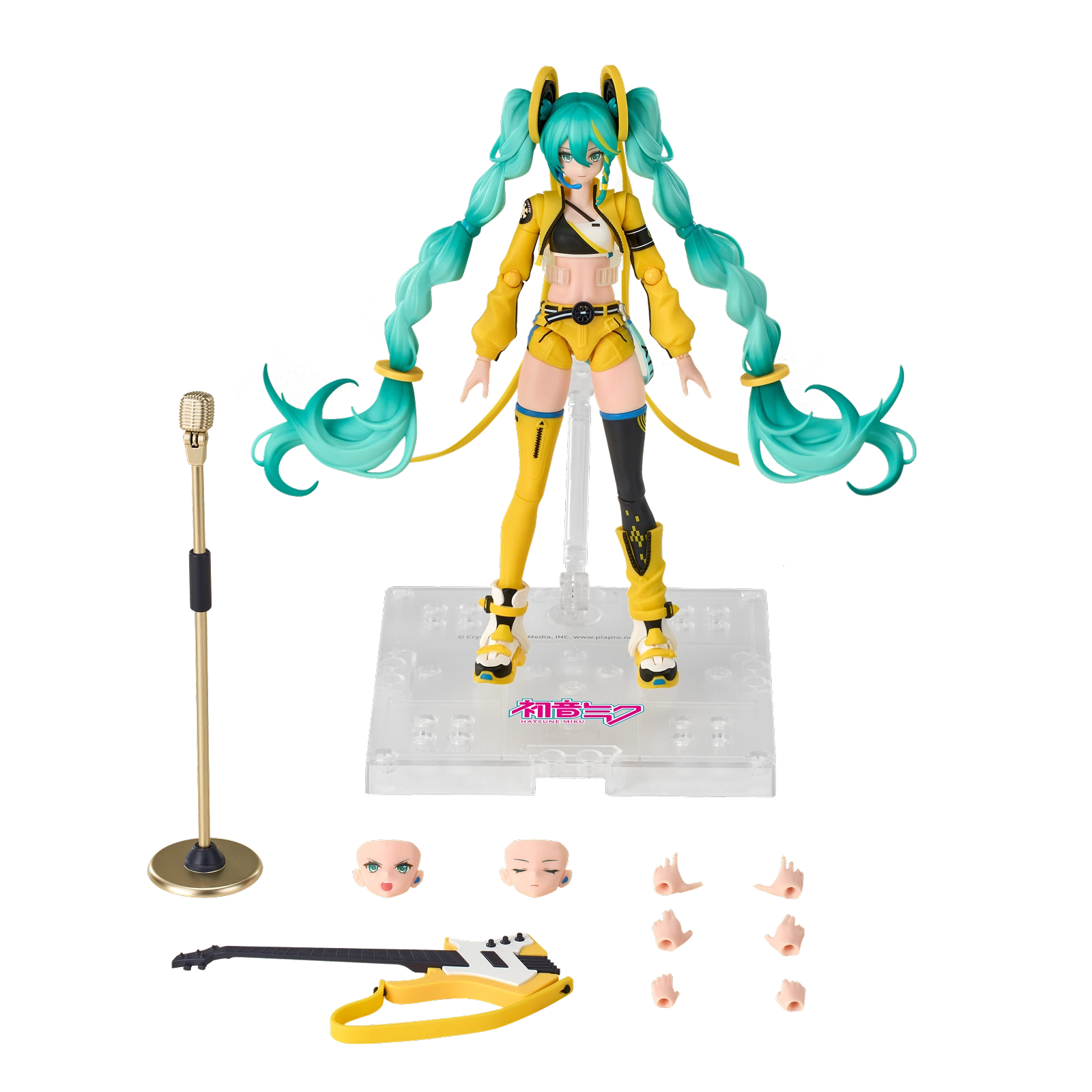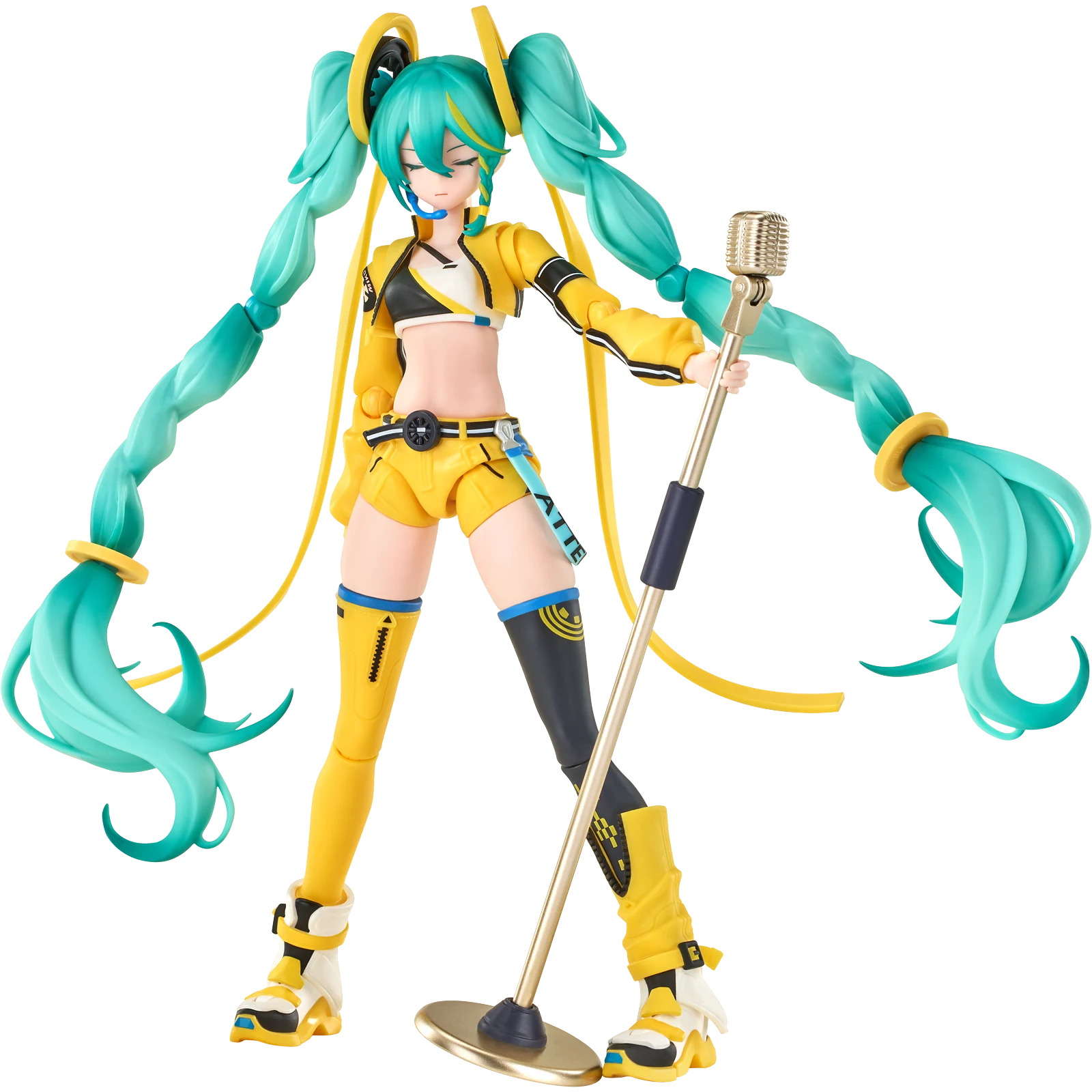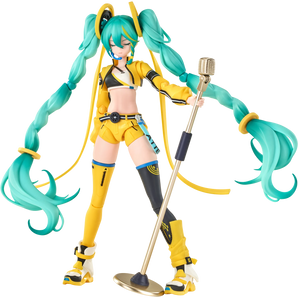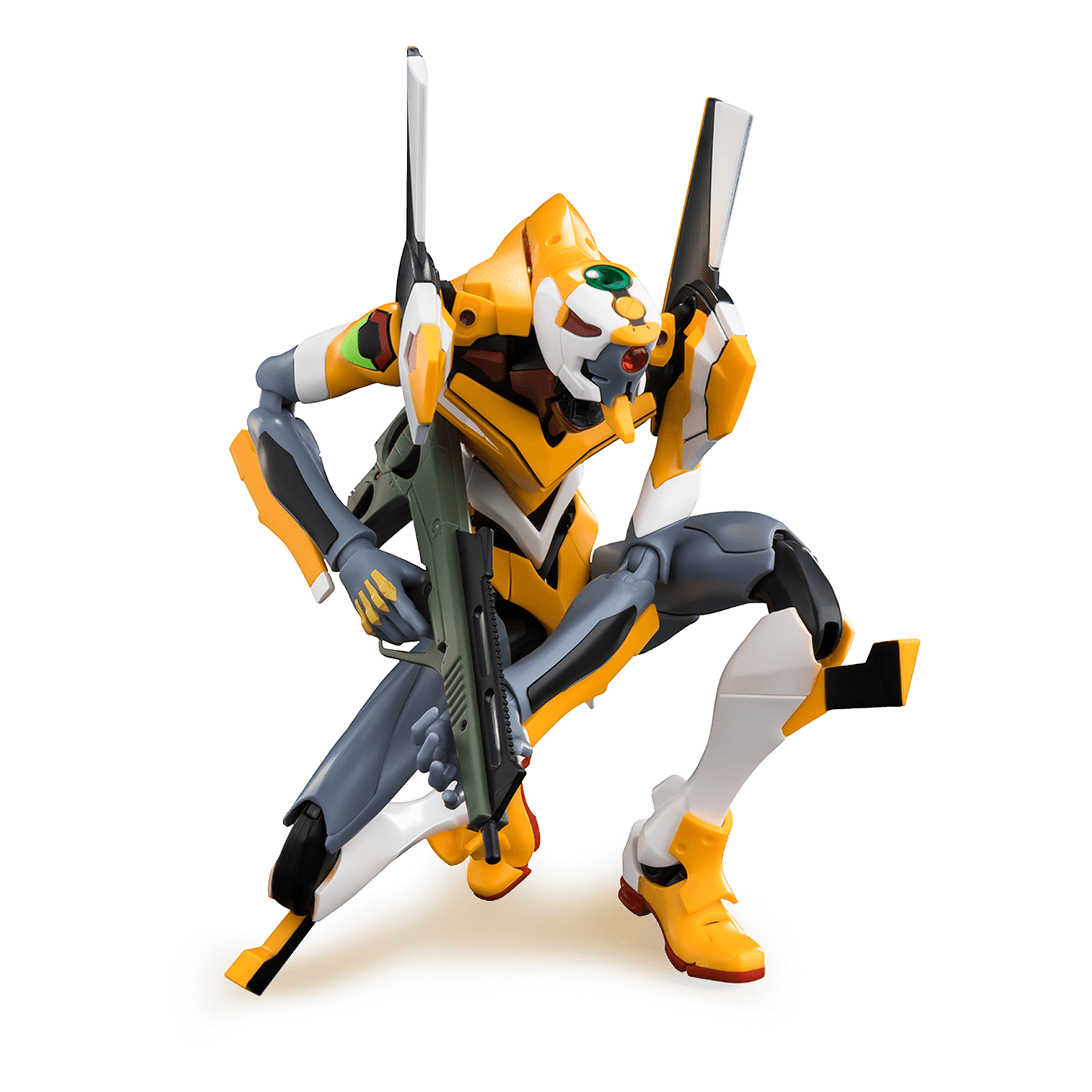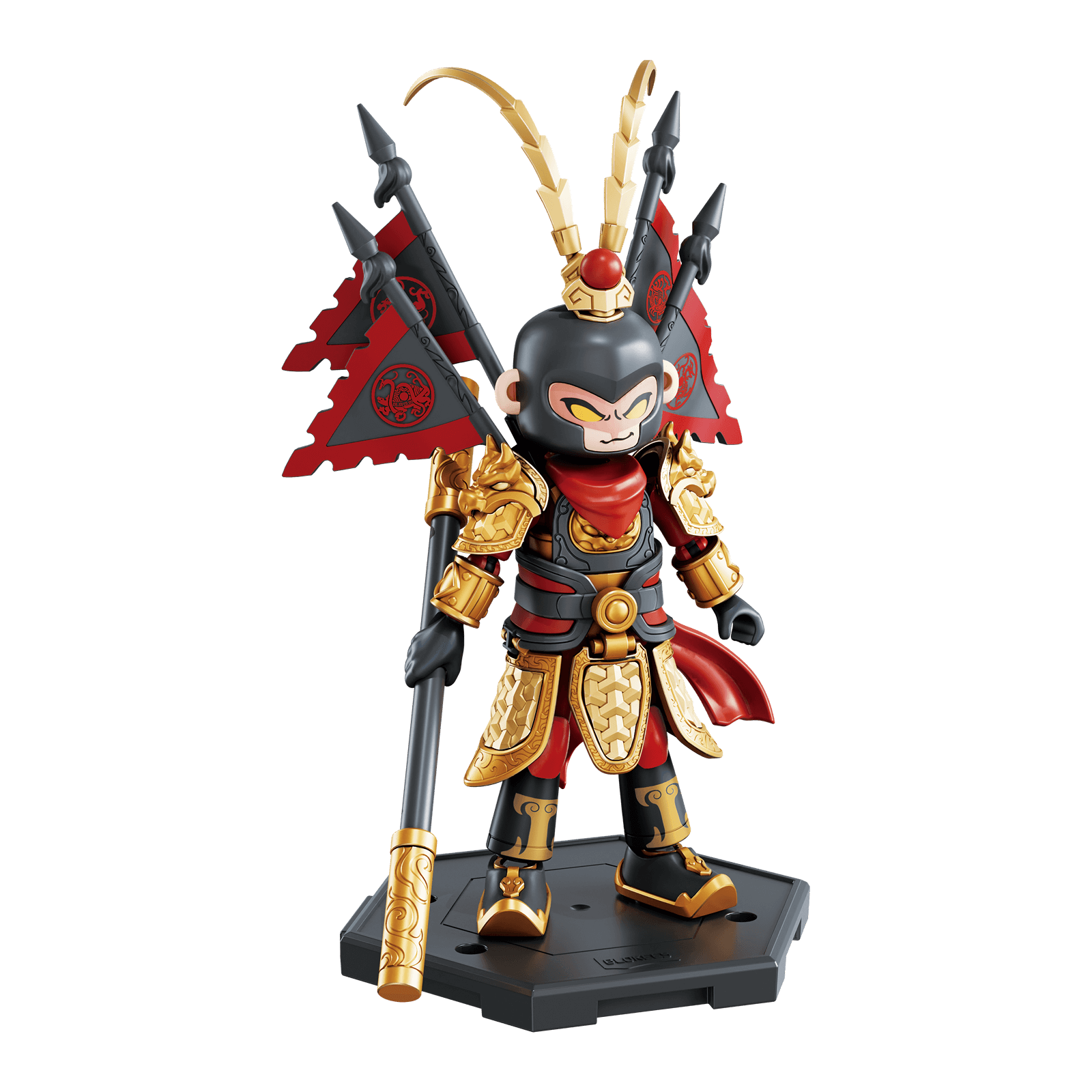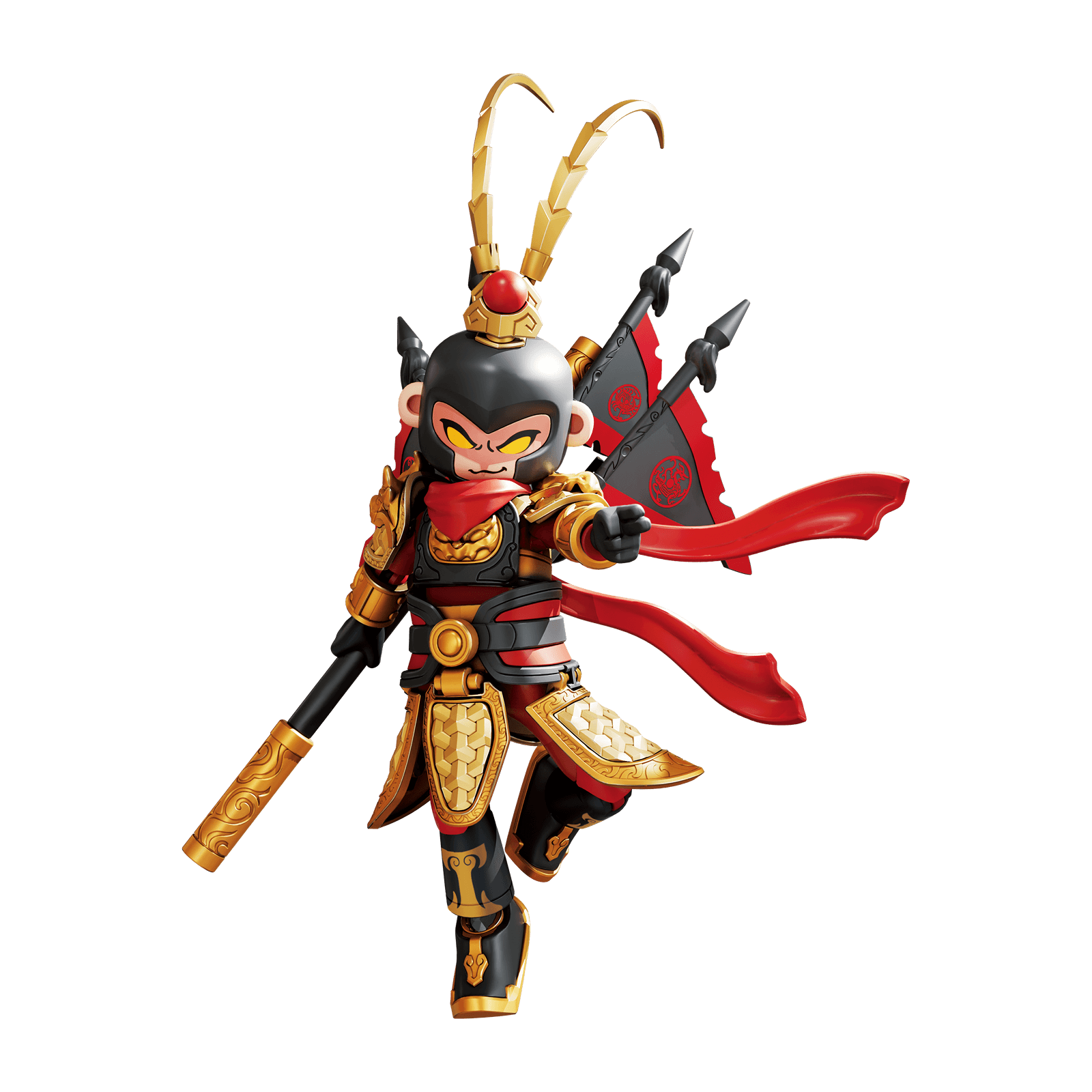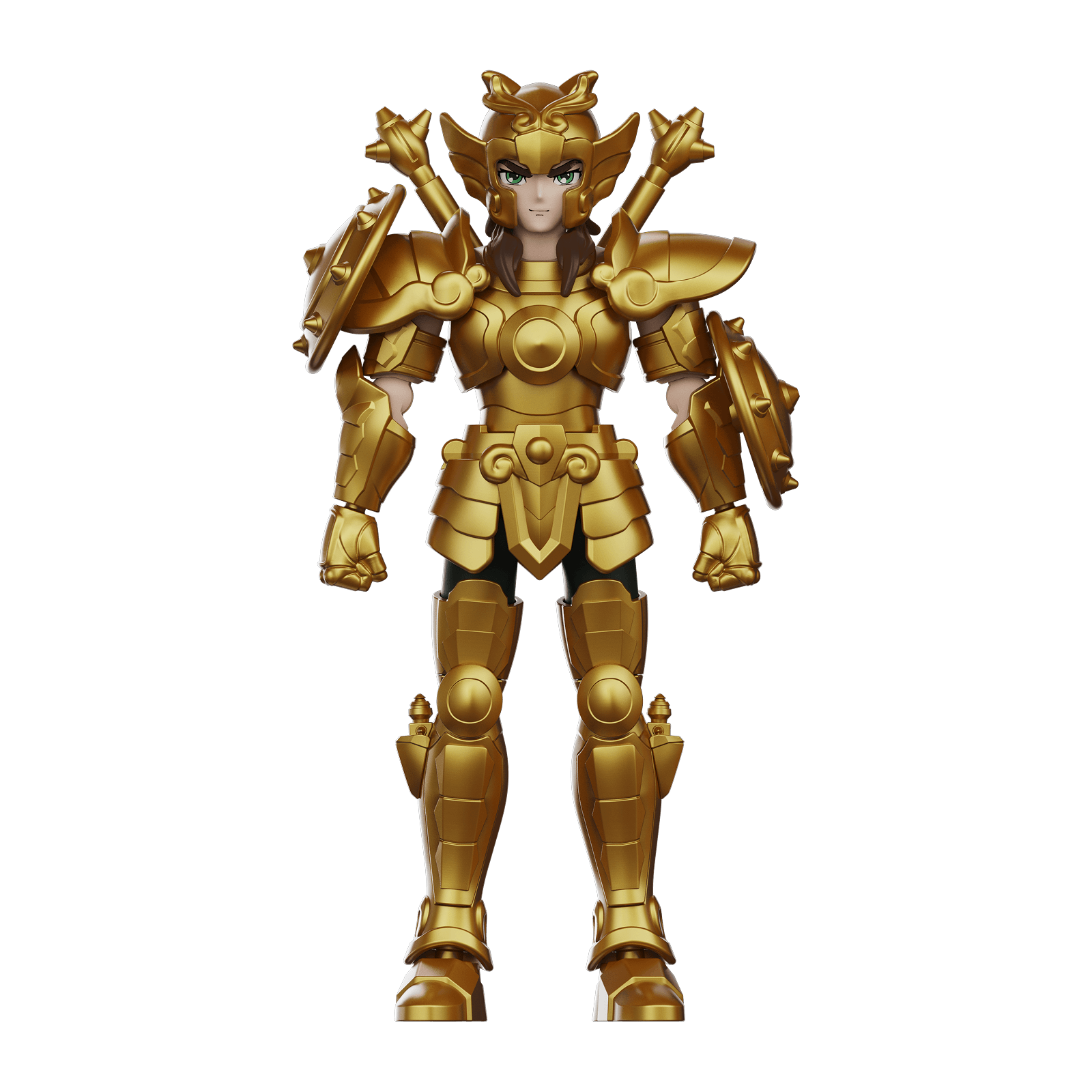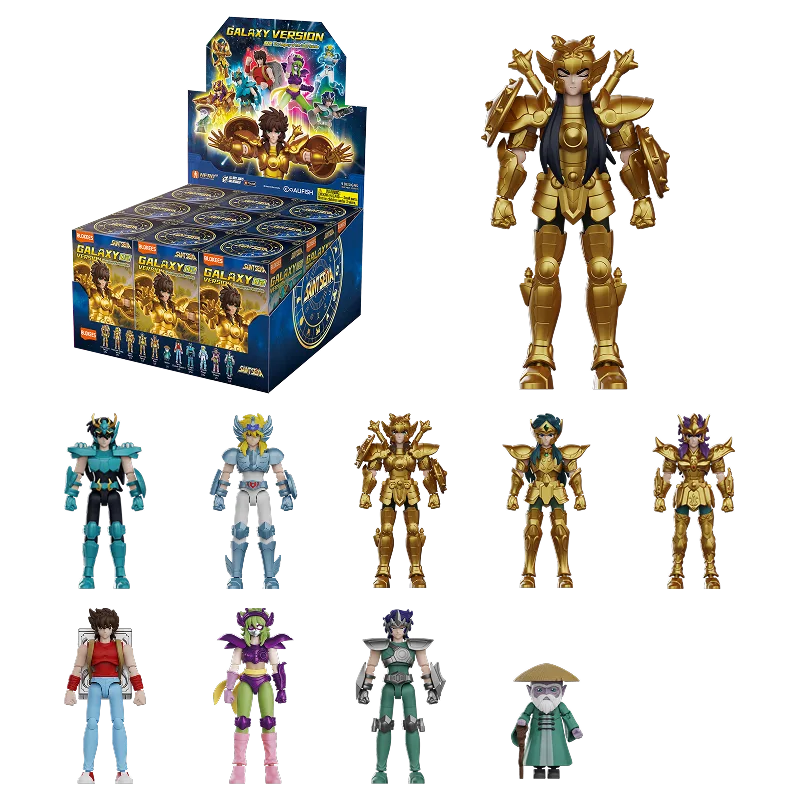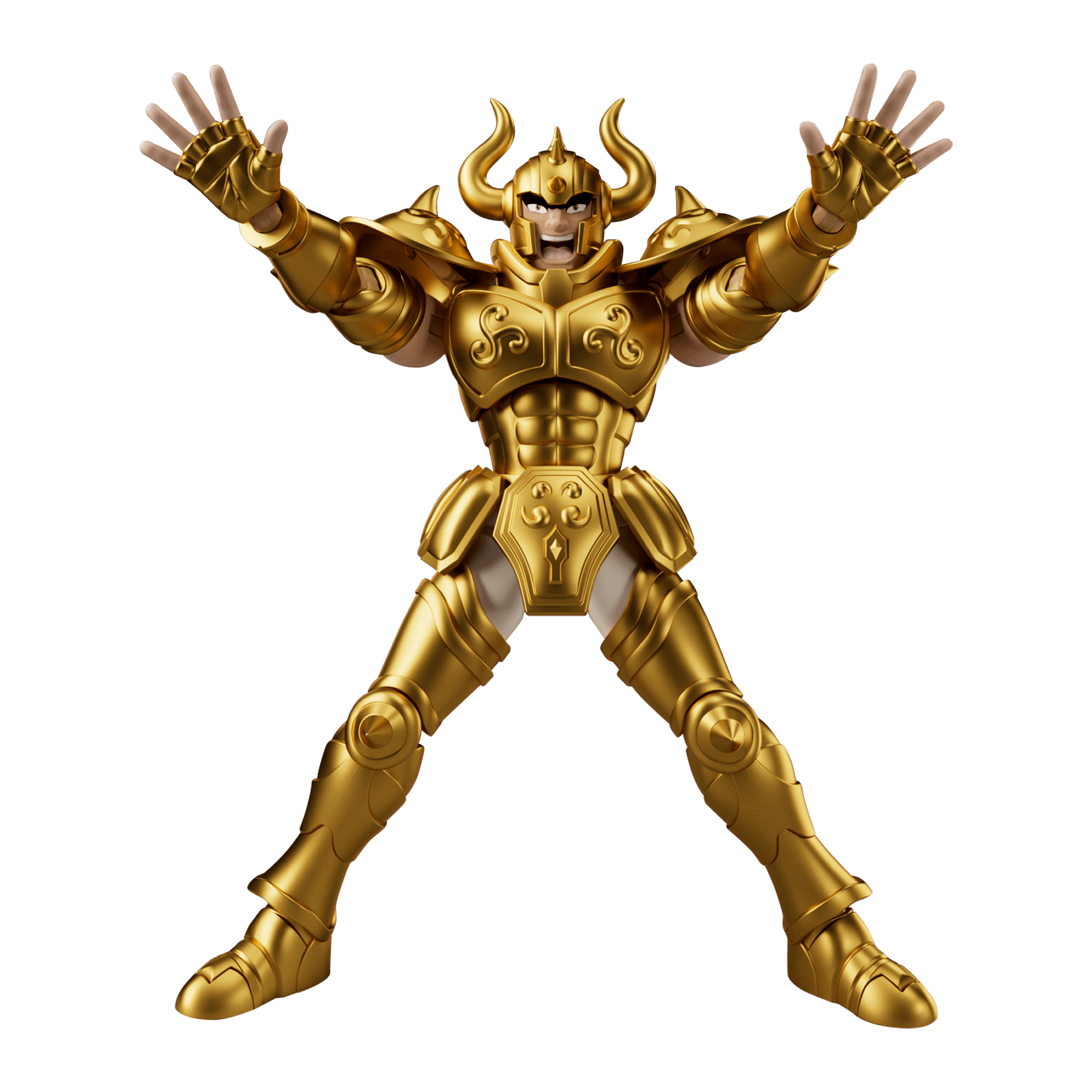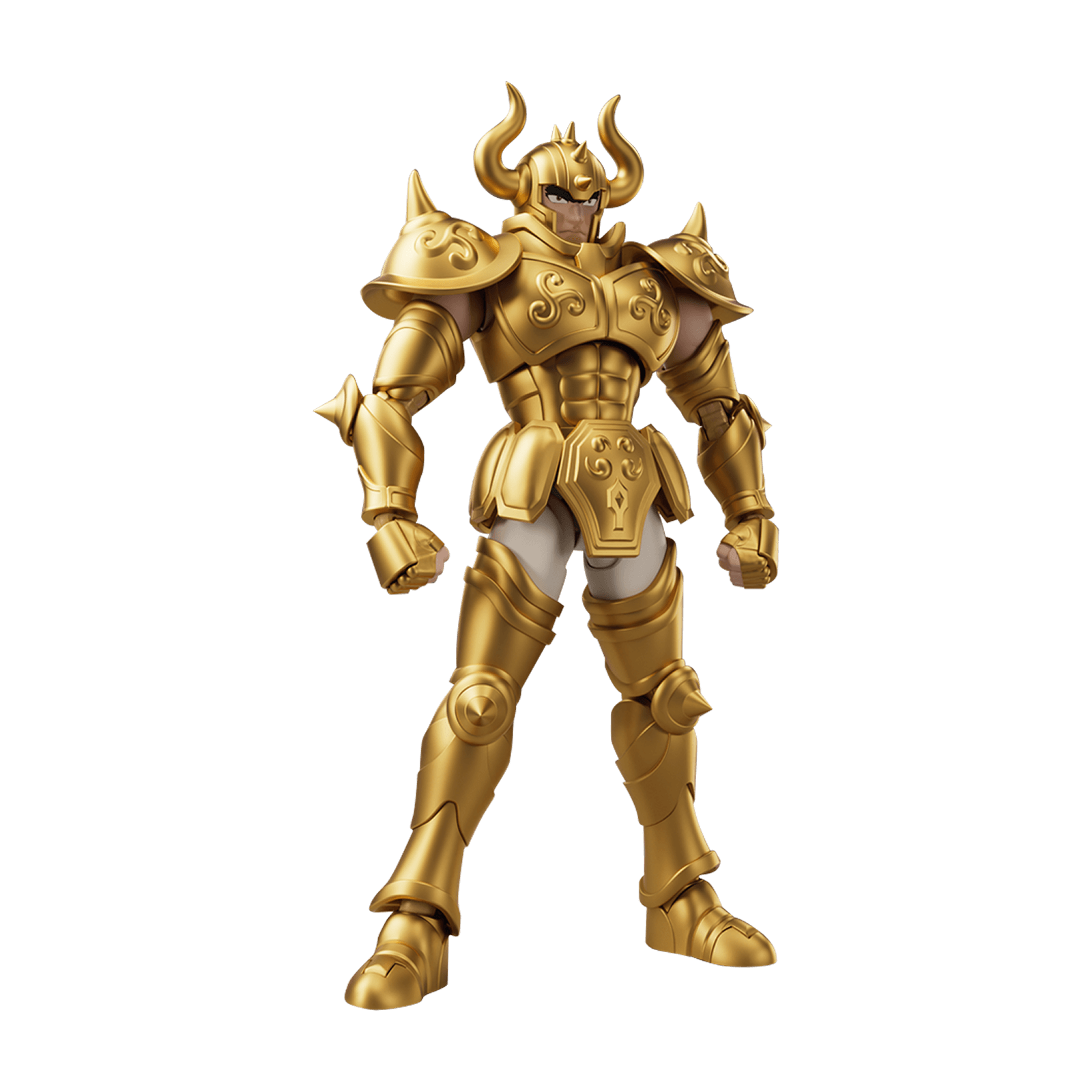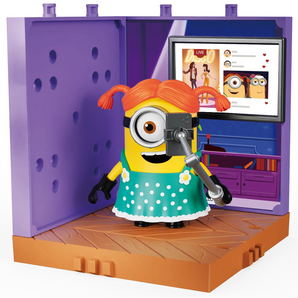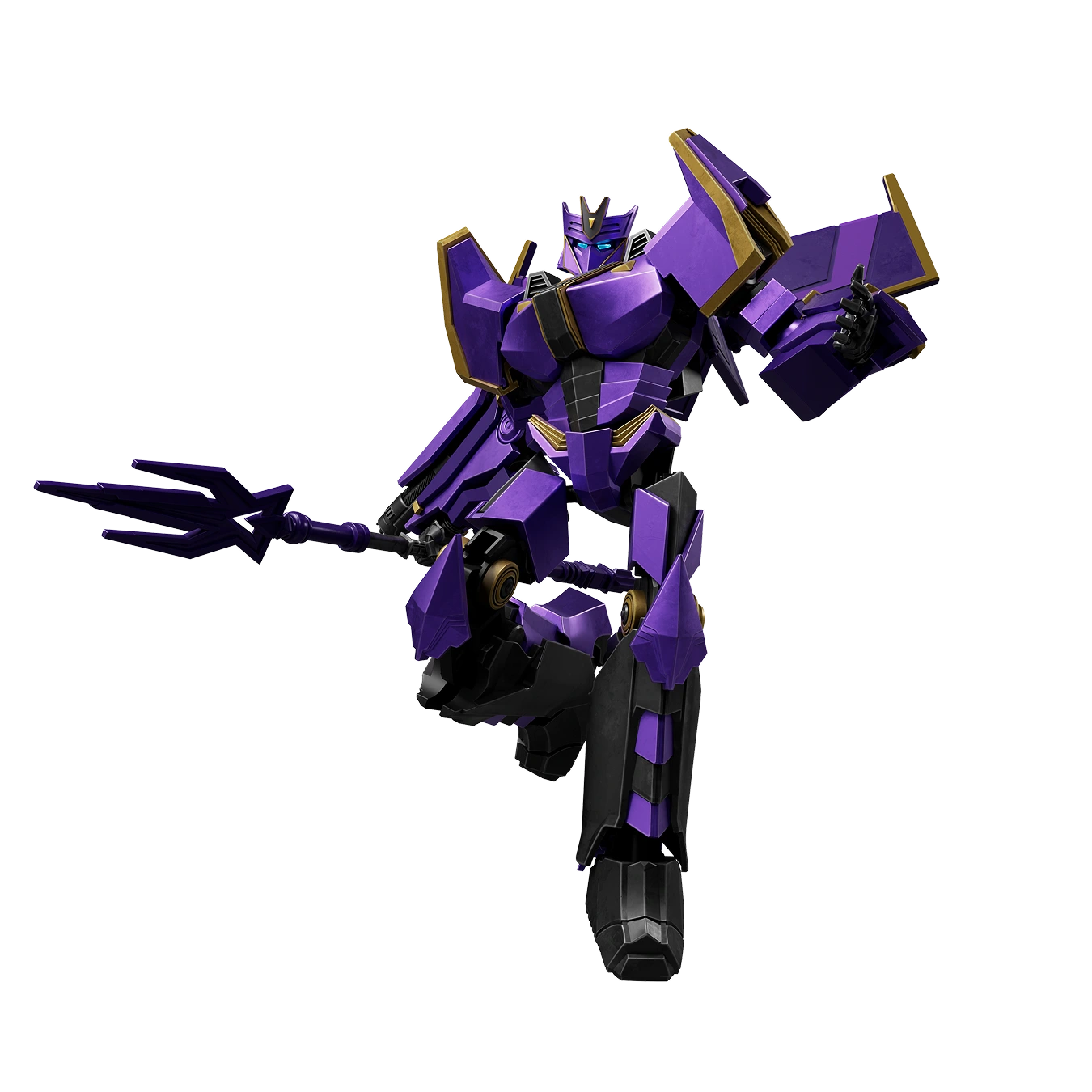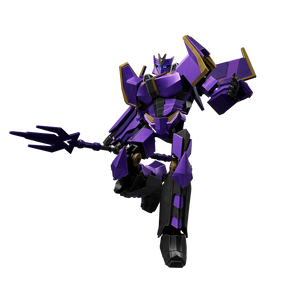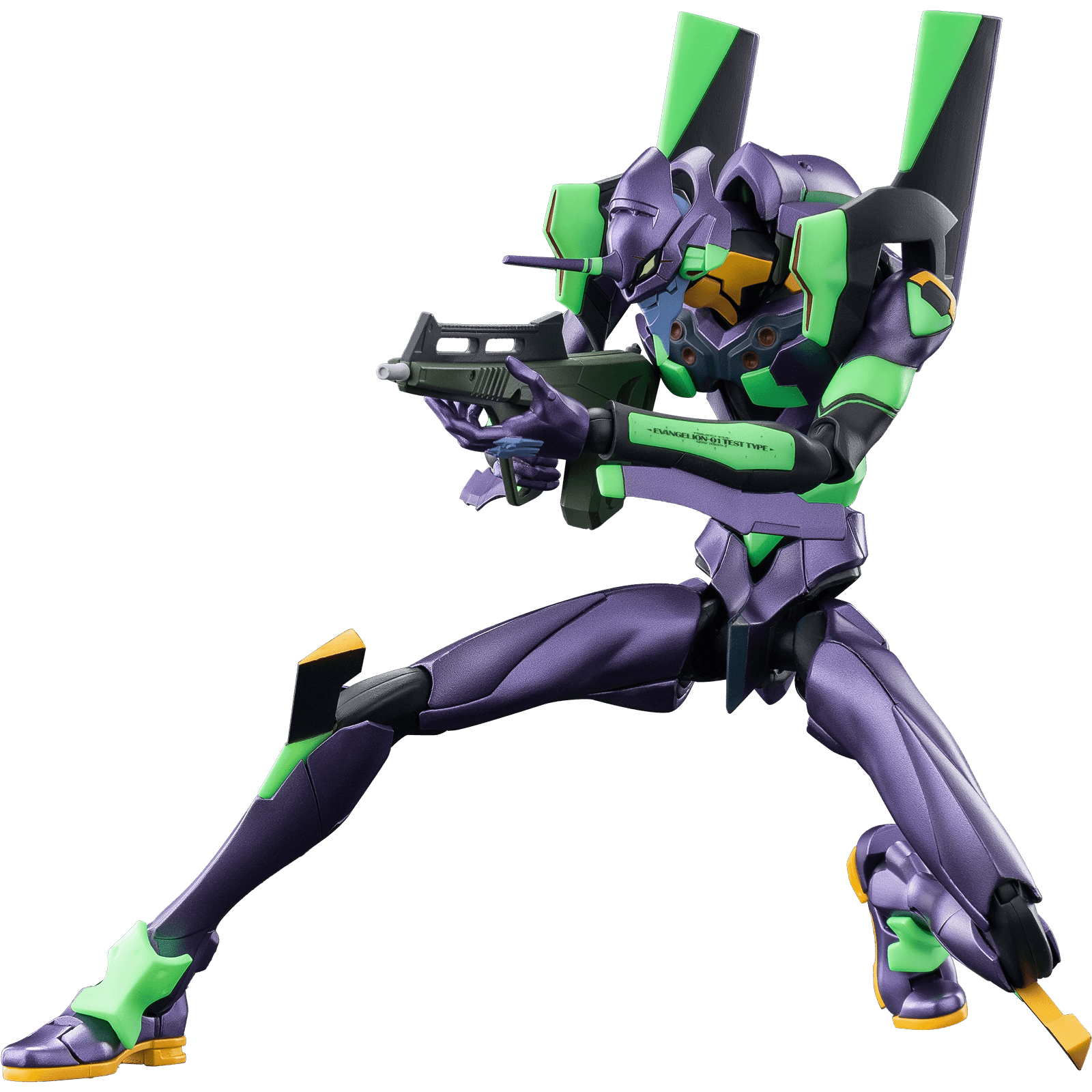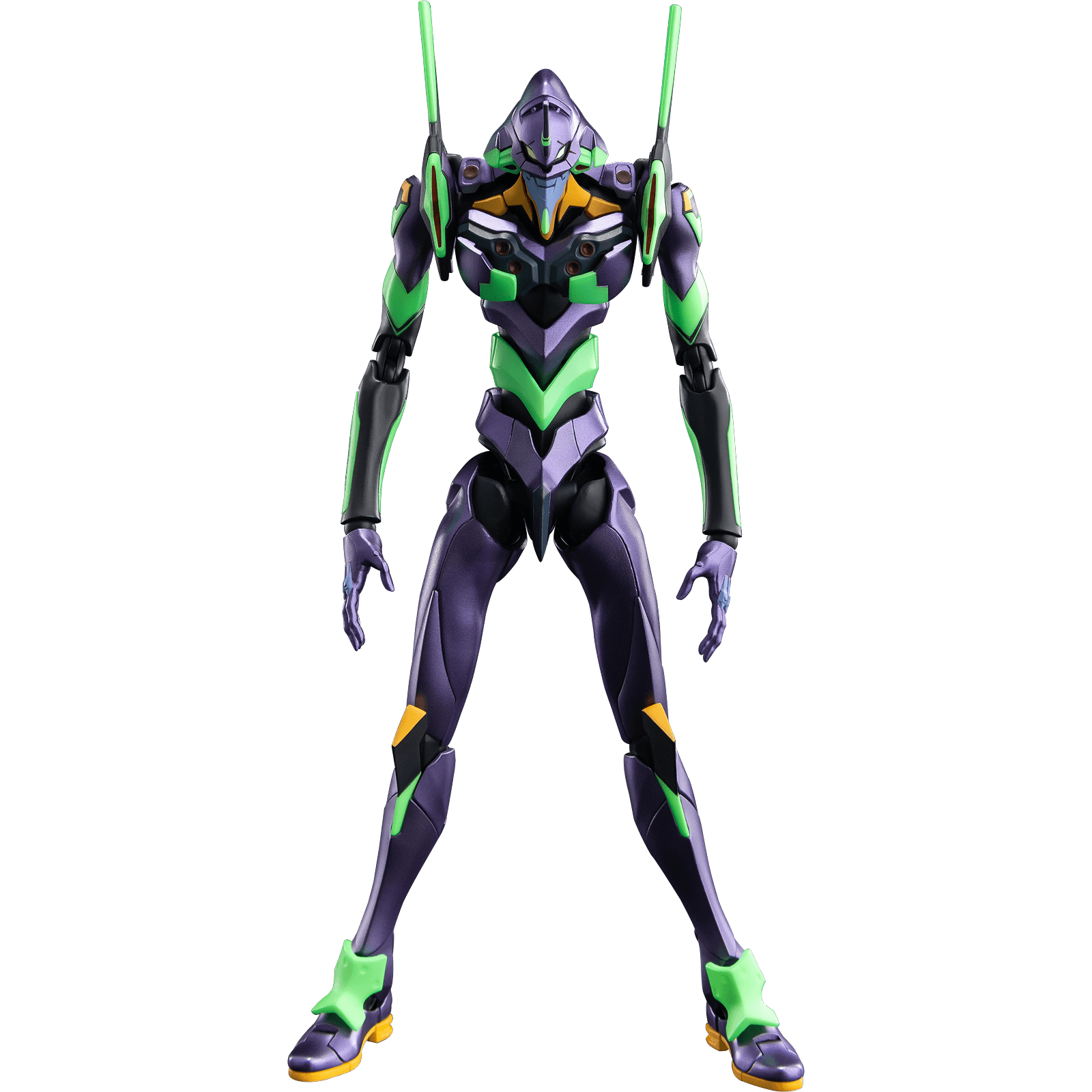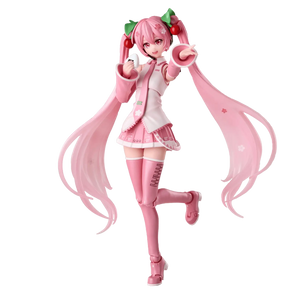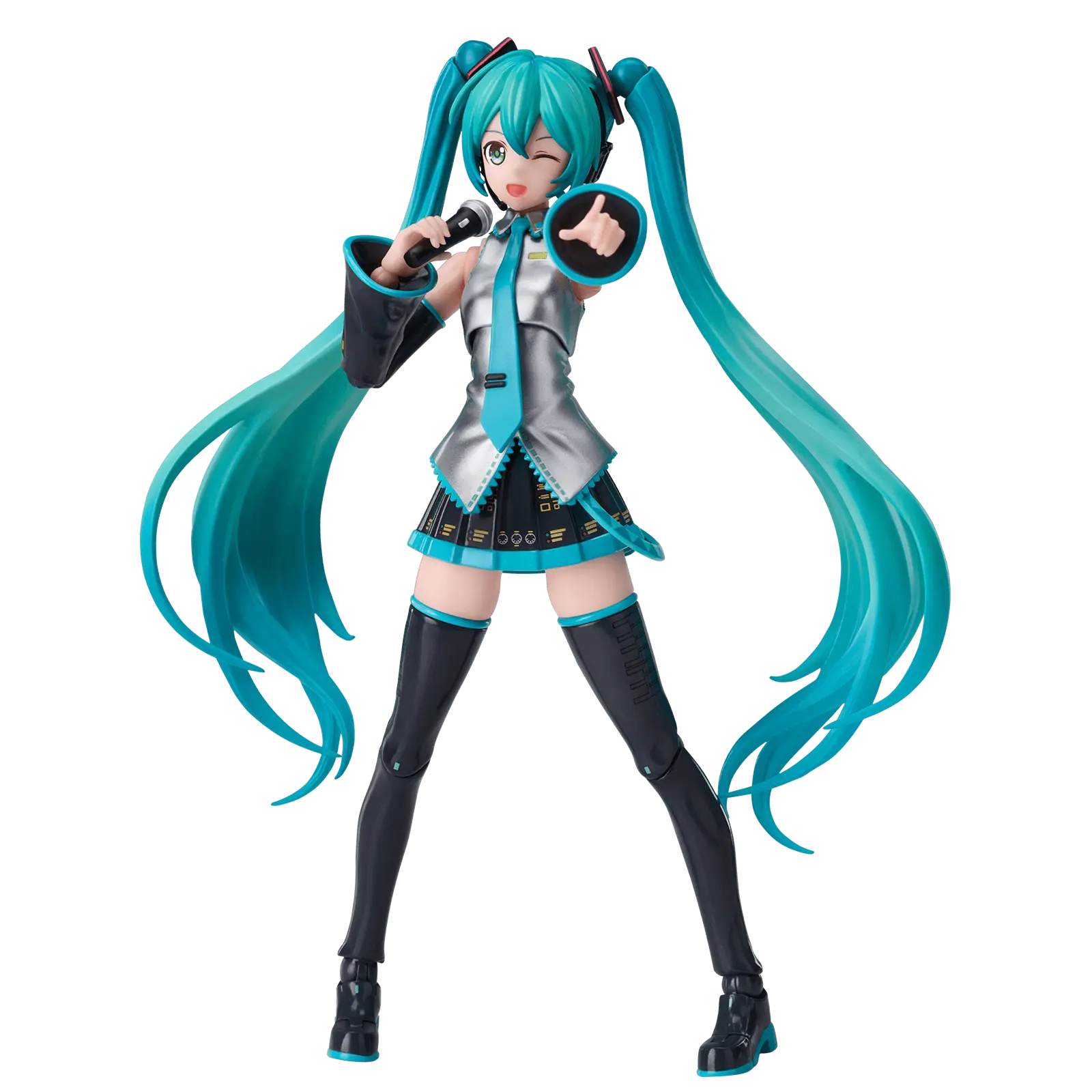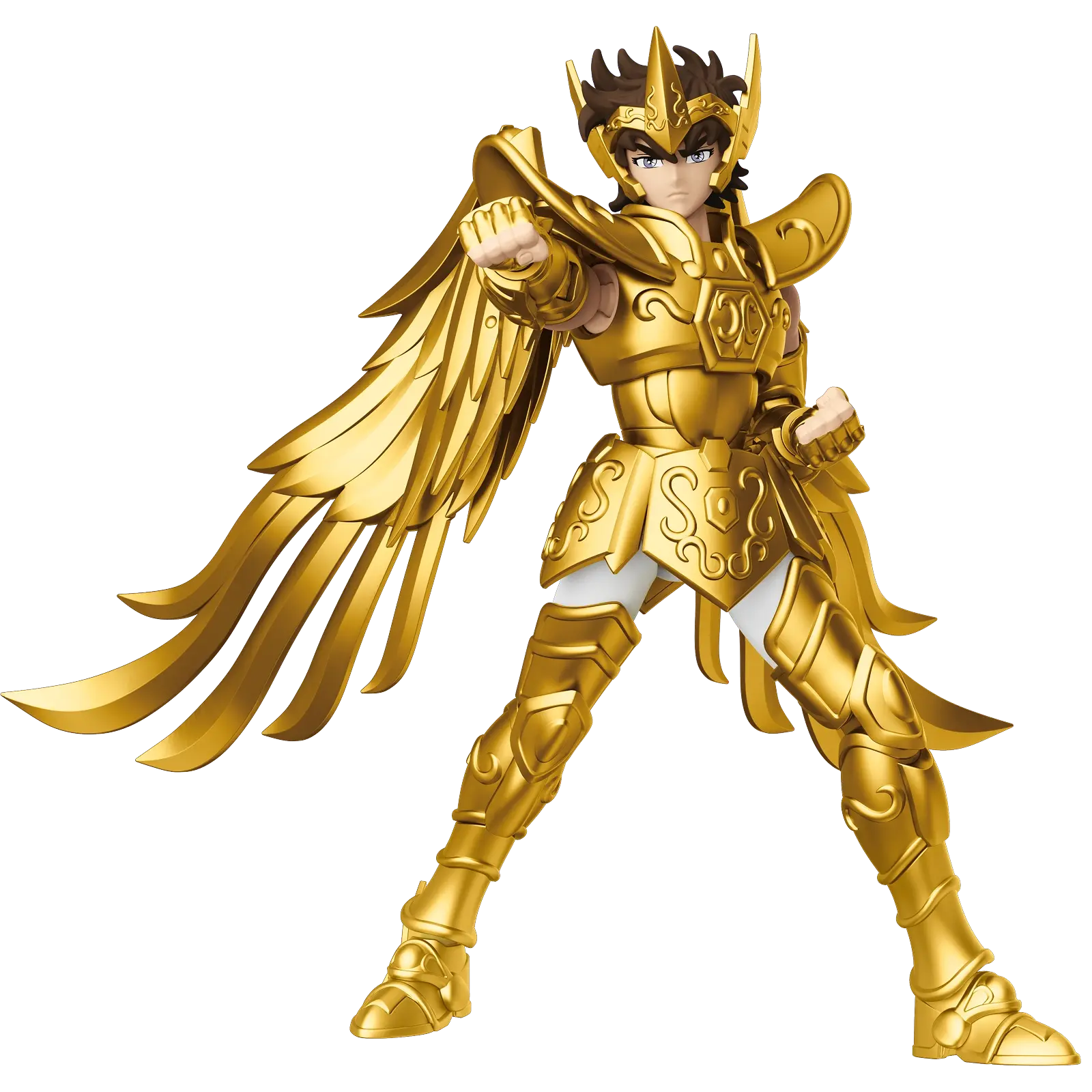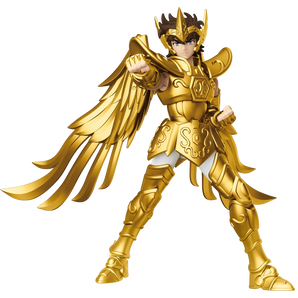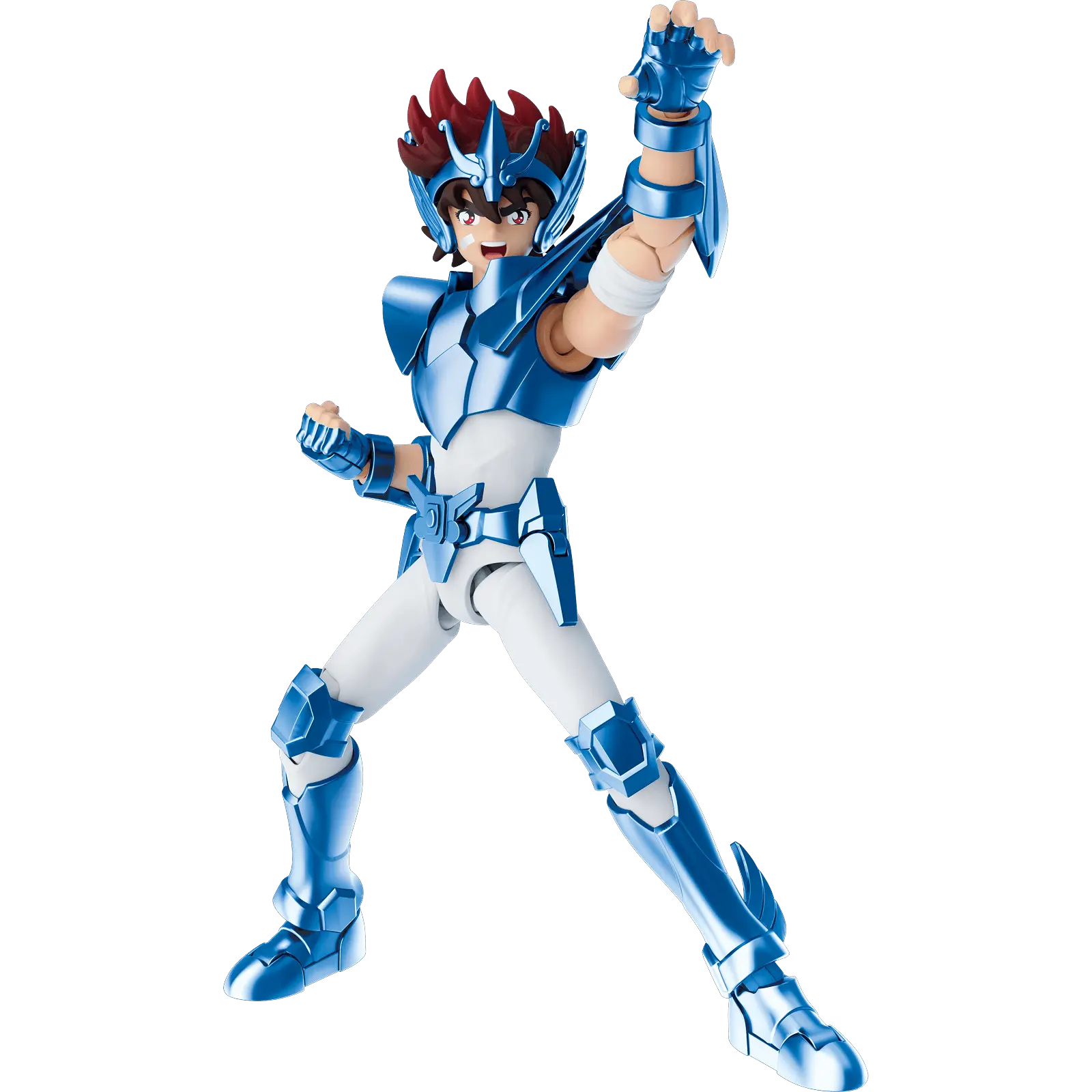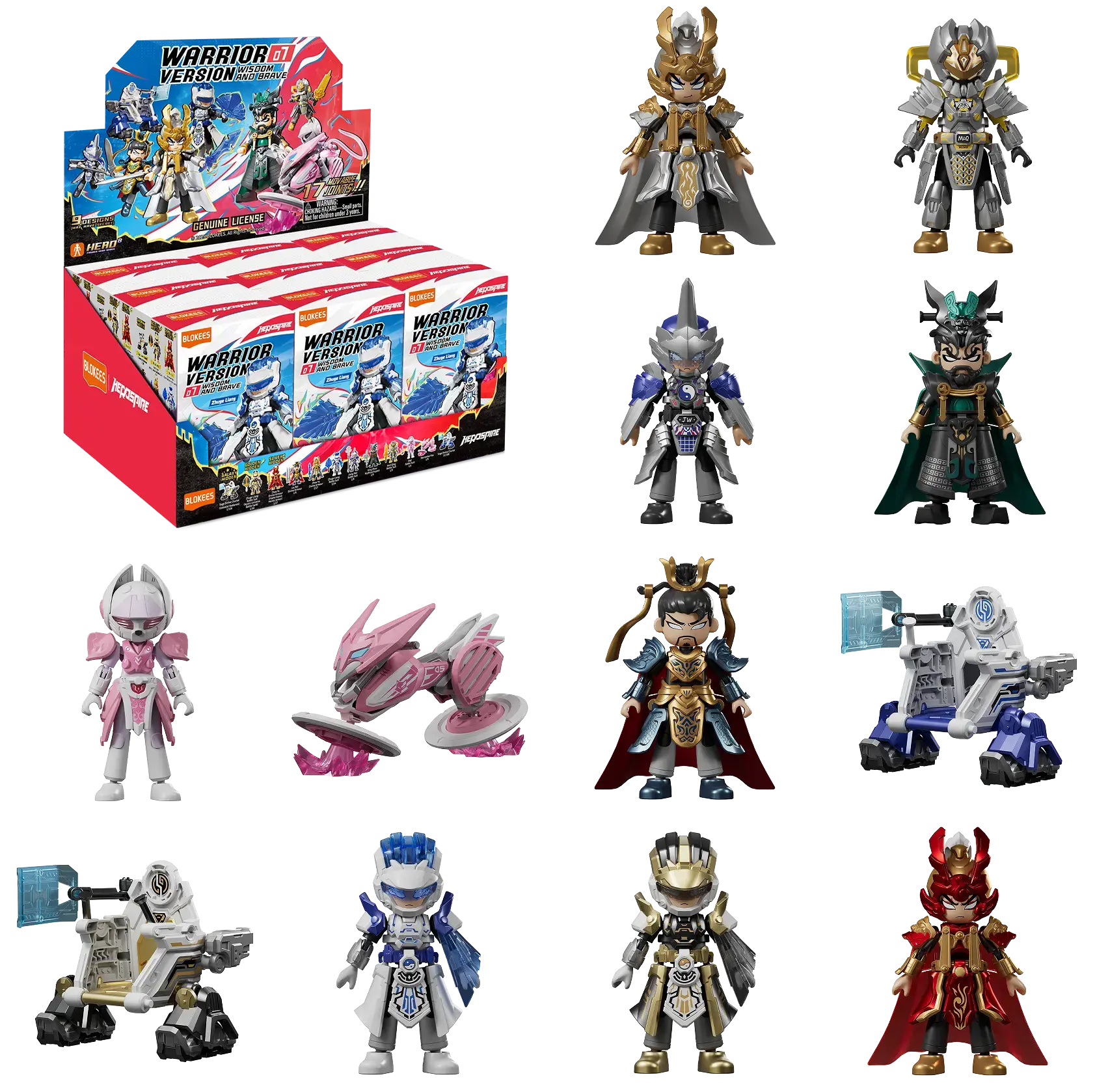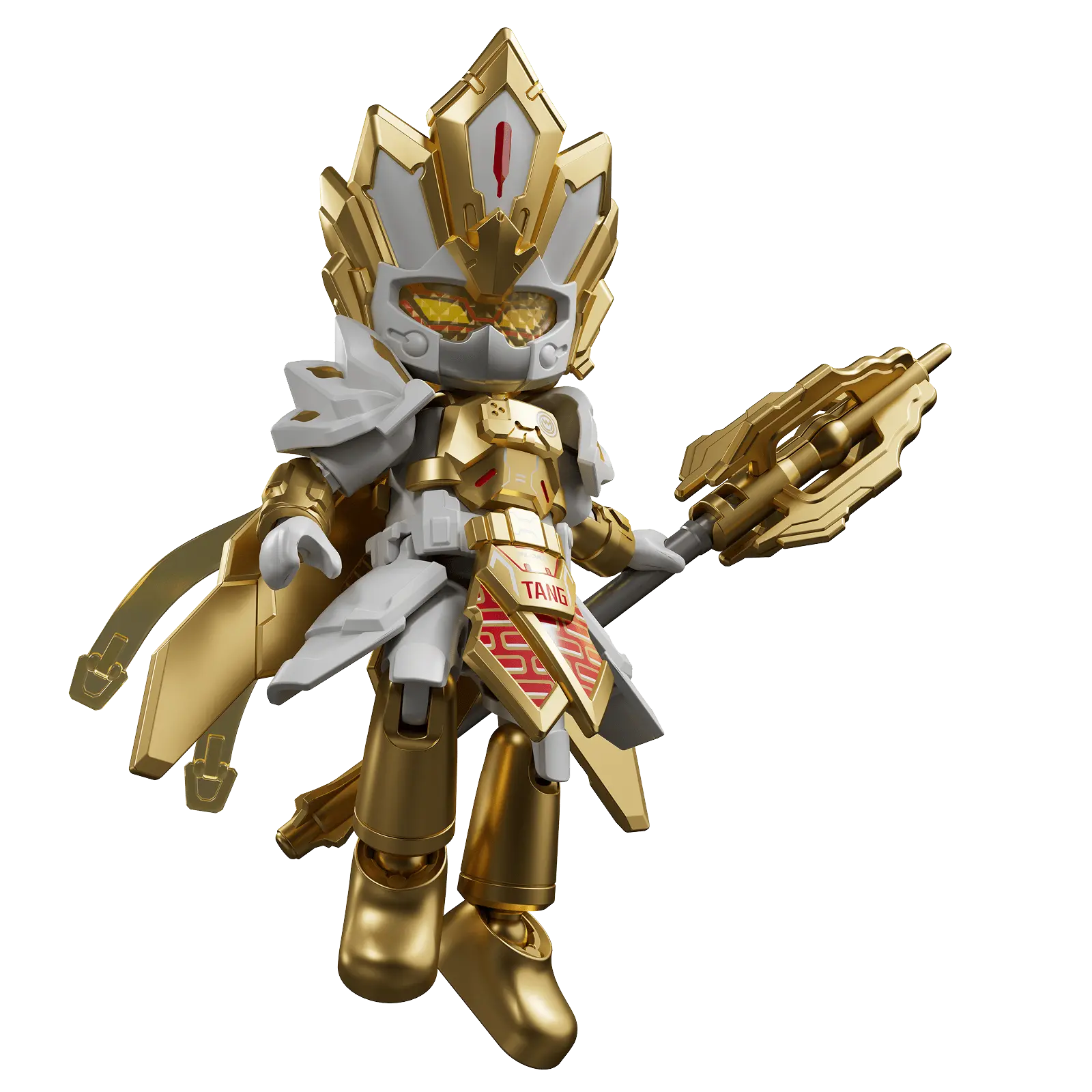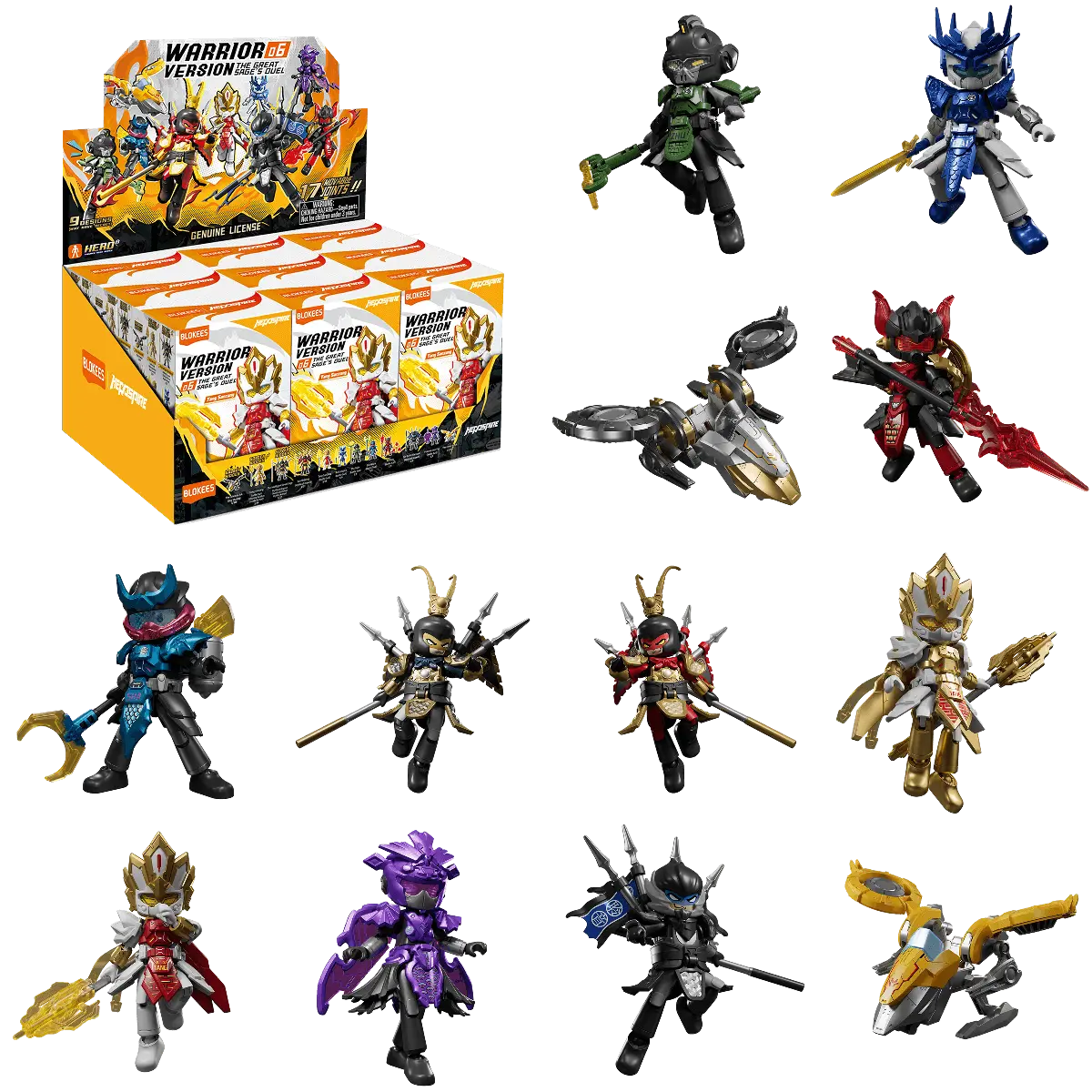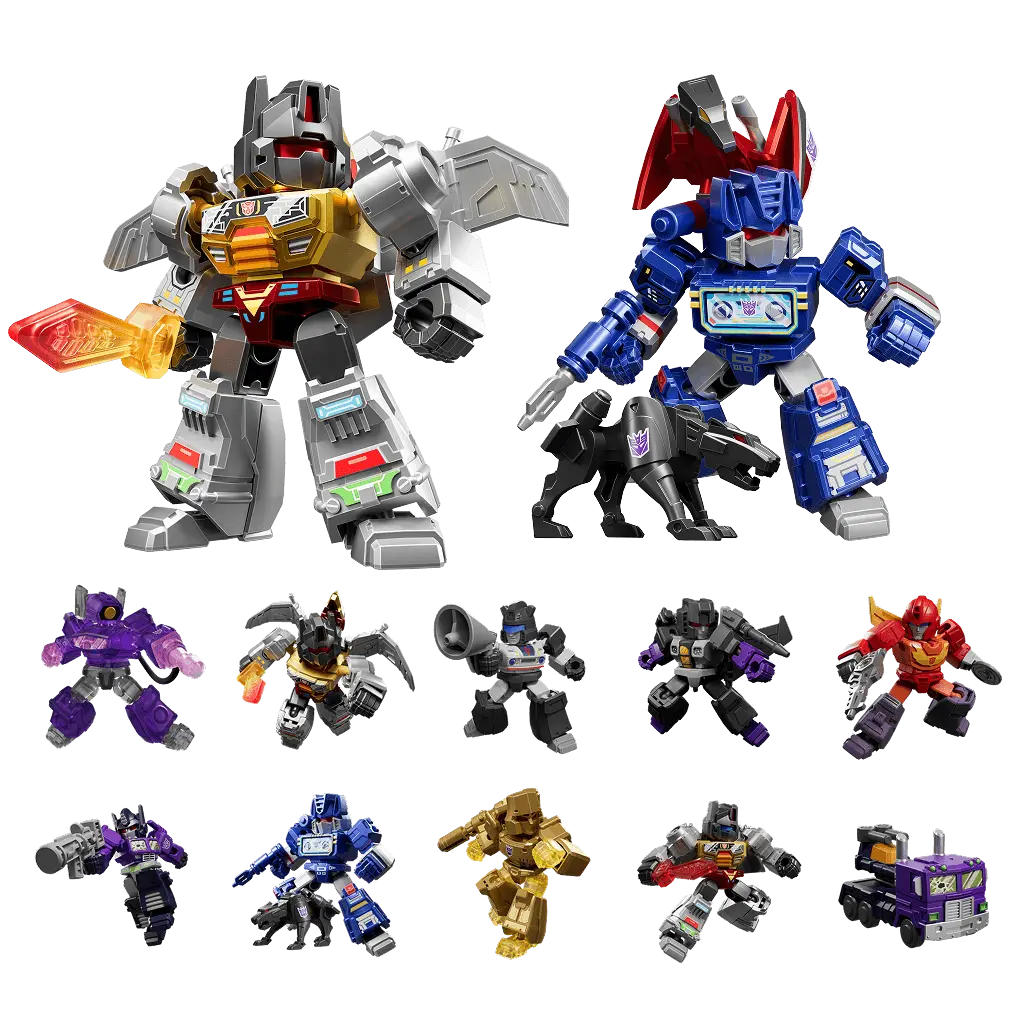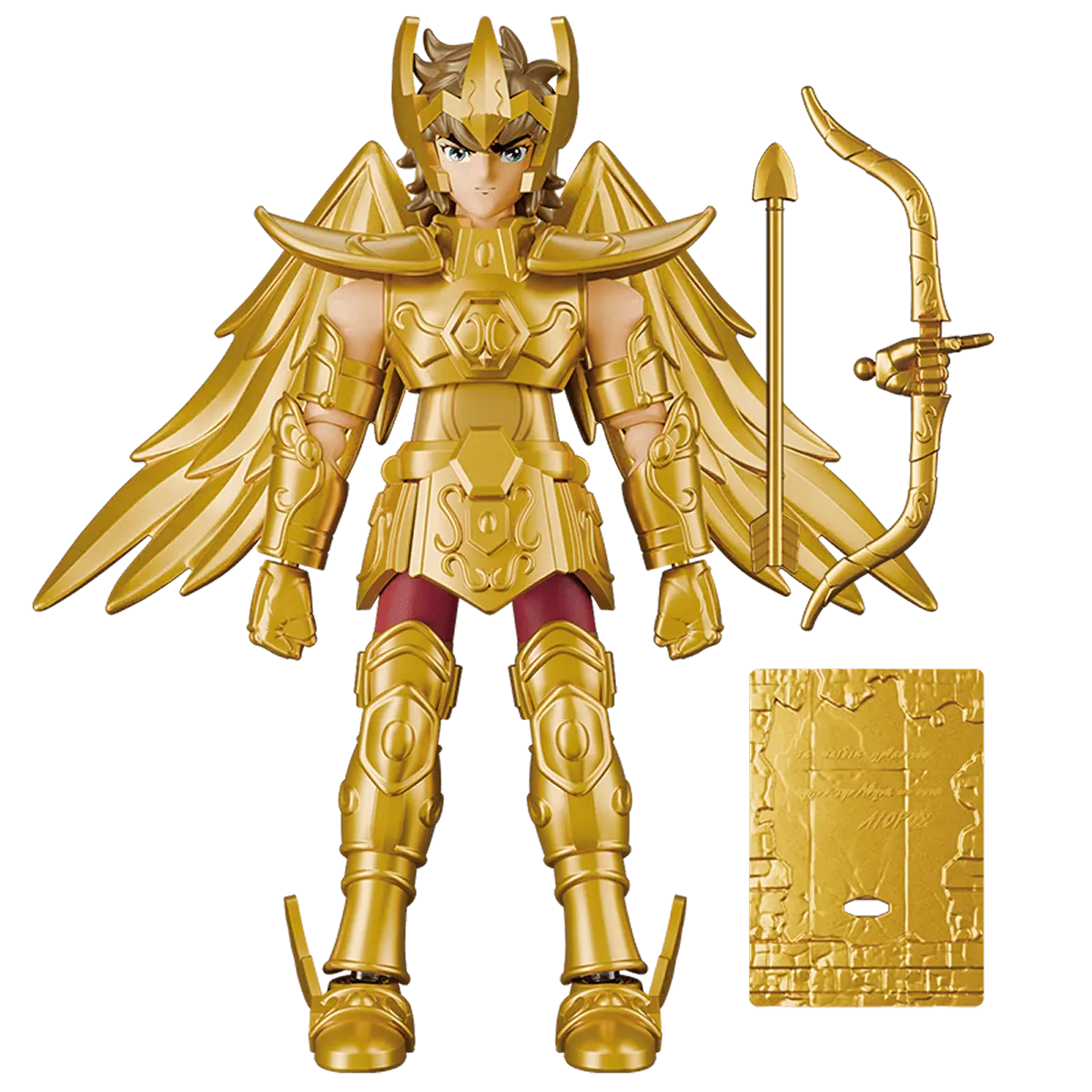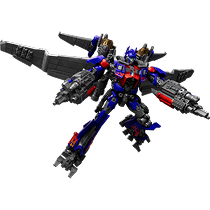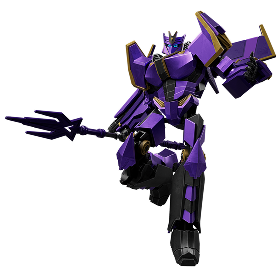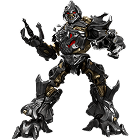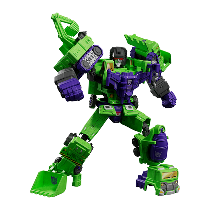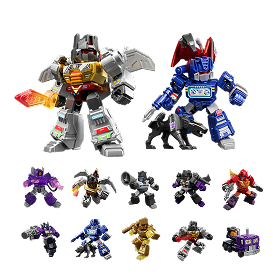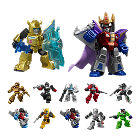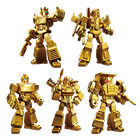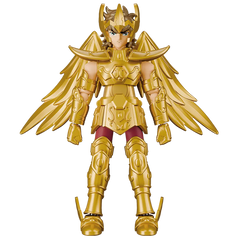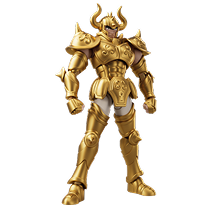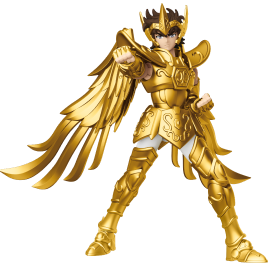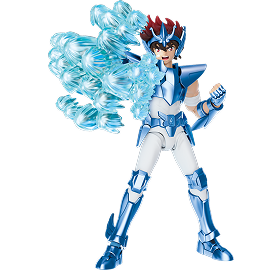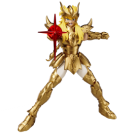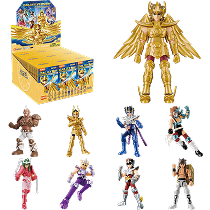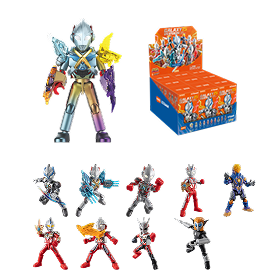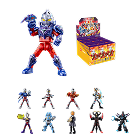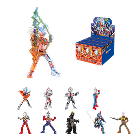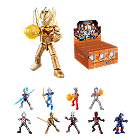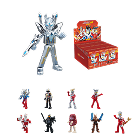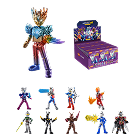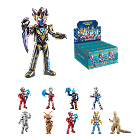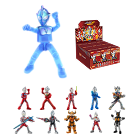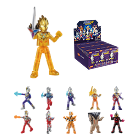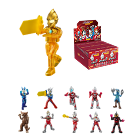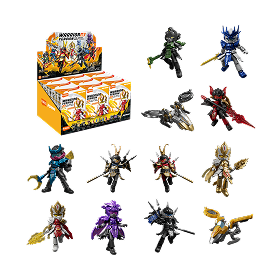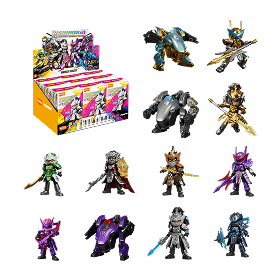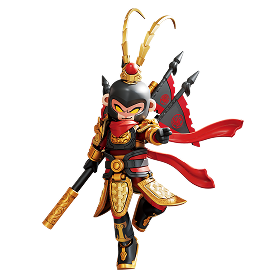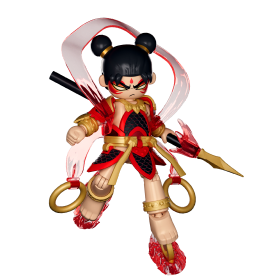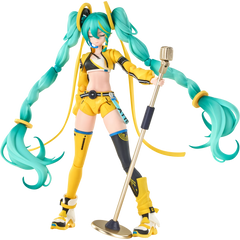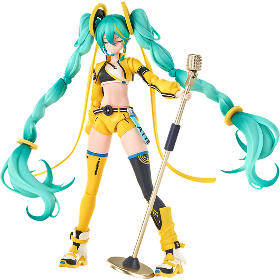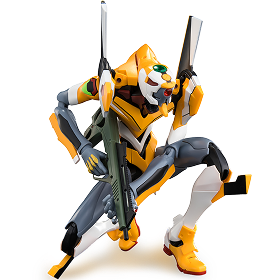Hatsune Miku is one of the most recognizable virtual idols in the world. From her digital concerts to her fan-created songs, Miku has become a symbol of creativity and modern music technology. But many fans often ask: “Who made Hatsune Miku?”, “Who made the disappearance of Hatsune Miku?”, or “Hatsune Miku who made her?”
In this article, we’ll explore the origins of Hatsune Miku, the company and individuals behind her creation, and how she evolved into a global phenomenon. We’ll also highlight the best ways to celebrate Miku with official merchandise from Blokees, including Fantastics Series Hatsune Miku Vivid Echoes, Fantastics Series Sakura Miku, and Fantastics Series Hatsune Miku Official Outfit.
The Origin of Hatsune Miku
Hatsune Miku was created by Crypton Future Media, a Japanese media company specializing in music software. She was launched on August 31, 2007, as the first installment of Crypton's "Character Vocal Series."
Key points about her origin:
- Voice Actress: Saki Fujita recorded the voice samples for Miku.
- Vocaloid Software: Miku’s singing is generated using Yamaha’s VOCALOID engine.
- Character Design: Illustrated by KEI, her design contributed to her instantly recognizable turquoise hair and futuristic outfit.
Miku’s creation combined cutting-edge technology, a unique persona, and appealing visual design. This careful combination is why fans continue to love her today.
Who Made Hatsune Miku? Key Contributors
|
Role |
Contributor |
Contribution |
|
Company |
Crypton Future Media |
Developed Miku’s character, software integration, and branding |
|
Voice |
Saki Fujita |
Provided the voice recordings used in the Vocaloid engine |
|
Design |
KEI |
Created Miku’s iconic appearance and character art |
|
Technology |
Yamaha |
Developed the VOCALOID engine that powers Miku’s singing capabilities |
Crypton Future Media is credited as the primary creator, having commissioned both the voice and design while integrating her into the VOCALOID system.
The Creation Process

The development of Hatsune Miku involved multiple steps:
-
Voice Sampling
Saki Fujita recorded thousands of phonetic sounds. These were then processed to create a flexible voice bank for the VOCALOID software. -
Character Design
KEI developed Miku’s visual identity, ensuring her look was appealing to fans of anime and music culture. Her twin-tail hairstyle and futuristic outfit became instantly iconic. -
Software Integration
The recorded samples were imported into the VOCALOID engine, which allowed users to generate singing by inputting lyrics and melodies. -
Branding & Promotion
Crypton Future Media marketed Miku as both a voice synthesizer tool and a virtual pop idol, sparking fan engagement and collaborations.
How Hatsune Miku Became a Global Phenomenon
After her creation in 2007, Miku quickly rose to fame:
- Digital Concerts: Holographic performances in Japan and abroad brought Miku to life on stage.
- Fan Participation: Users worldwide began creating original songs using her voice bank.
- Merchandising:, toys, apparel, and collectibles allowed fans to celebrate her persona physically.
At Blokees, you can explore the Hatsune Miku toys collection to own your piece of this cultural phenomenon.
Who Made the Disappearance of Hatsune Miku?

Fans often reference “the disappearance of Hatsune Miku,” which refers to temporary pauses or updates in her software or digital appearances. These decisions were primarily made by Crypton Future Media for:
- Software upgrades (e.g., VOCALOID version updates)
- New voice bank releases (e.g., Miku V3 and V4X)
- Marketing campaigns and collaborations
The “disappearance” is not literal; it reflects the evolution of Miku’s software and persona.
Fun Facts About Miku’s Creation
-
Original Name Meaning:
Hatsune Miku (初音ミク) translates to "first sound of the future." -
Fan-Driven Growth:
Thousands of user-generated songs have expanded her repertoire beyond the original creators’ vision. -
Global Reach:
Miku has performed at events in the USA, Europe, and Asia, making her a true global virtual idol. -
Technological Milestone:
She was one of the first VOCALOID characters to achieve mainstream popularity, bridging music and technology.
How Fans Celebrate Miku

Fans celebrate Miku through music creation, cosplay, digital art, and collectibles. Blokees offers a variety of toys and to bring Miku into your home, including:
- Fantastics Series Hatsune Miku Vivid Echoes: Dynamic with an expressive pose.
- Fantastics Series Sakura Miku: Cherry blossom-themed limited edition.
- Fantastics Series Hatsune Miku Official Outfit: Classic Miku look in a premium collectible format.
Fans can also explore the full Hatsune Miku collection for all ages and price ranges.
Miku’s Evolution and Legacy
Since her launch, Hatsune Miku has evolved in multiple ways:
- Voice Bank Updates: New versions improve realism, pitch range, and emotional expression.
- Character Variations: Seasonal and special edition Miku, such as Sakura Miku and other Fantastics series, cater to collectors.
- Collaborations: Miku has appeared in collaborations with brands, video games, and live performances, expanding her global reach.
By understanding who made Miku, fans can appreciate both her technical origins and the creativity she inspires today.
Why Understanding Her Creators Matters
Knowing who made Hatsune Miku gives insight into:
- Her technical foundation: VOCALOID engine, voice bank, and software integration.
- Her aesthetic appeal: KEI’s iconic design and branding choices.
- Fan engagement: How Crypton Future Media facilitated global fan participation.
This context helps collectors, cosplayers, and music creators engage with Miku on a deeper level.
Frequently Asked Questions
Who made Hatsune Miku?
Hatsune Miku was created by Crypton Future Media, with voice samples by Saki Fujita and character design by KEI.
Who made the disappearance of Hatsune Miku?
Any temporary absence or update is managed by Crypton Future Media for software upgrades or marketing campaigns.
Who made Miku Hatsune?
The name “Hatsune Miku” refers to the character designed by KEI and developed as a VOCALOID product by Crypton Future Media.
Why is Miku so popular worldwide?
Her popularity stems from a combination of vocal technology, fan-driven content, and a unique, appealing virtual persona.
Where can I buy official Hatsune Miku toys?
Official Miku toys and collectibles are available at Blokees, including the Fantastics series.
Conclusion
The question “Who made Hatsune Miku?” highlights the collaborative effort behind one of the world’s most famous virtual idols. From Crypton Future Media’s software and branding, Saki Fujita’s voice, and KEI’s character design, Miku represents the fusion of technology, creativity, and fandom.
Fans worldwide continue to celebrate her through music, cosplay, and collectibles, many of which you can find in the Blokees Hatsune Miku. Understanding her creators not only enhances appreciation for Miku but also for the technology and culture that brought her to life.
Hatsune Miku is more than software; she is a symbol of collaboration, creativity, and the future of virtual entertainment.



